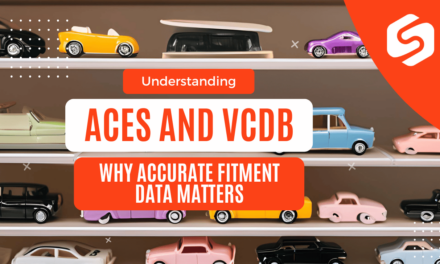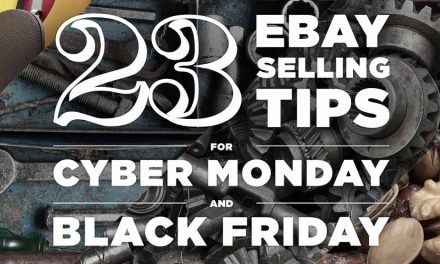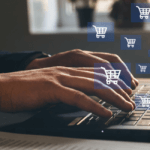
Is Your Store Optimized for a Multi-Channel World?
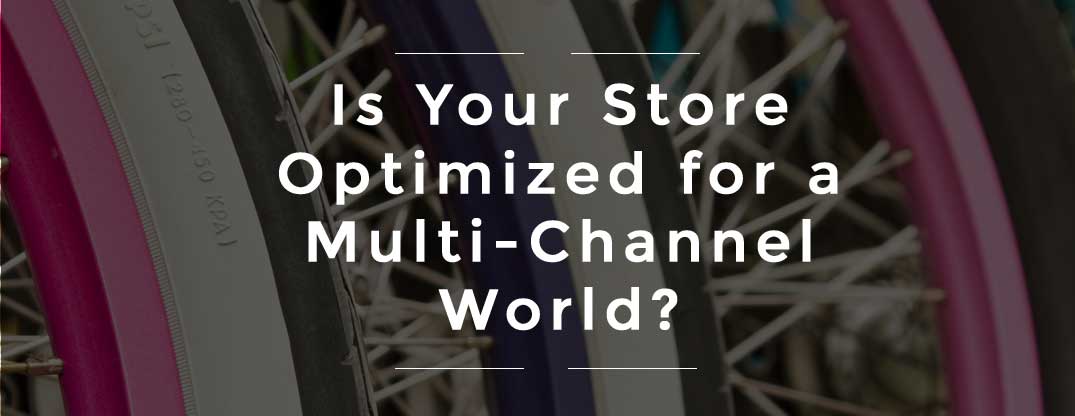
3 Tips for Optimizing Your Online Store Across Multiple Channels
You finally took the plunge to launch your online store — something that you’ve wanted to do for years. Or maybe you’re already running a store, and it’s growing rapidly. Regardless of your experience and perspective, you need customers to succeed.
As you’re probably well-aware, the competition for audience attention is fierce, which means that you can’t rely on customers visiting your website. Instead, you need to branch out — to be where your customers are already looking for new products to love.
A multi-channel approach, however, is easier said than done, and as a business owner you’re excruciatingly time-strapped with more to do than hours in the day. After you get your listings up and running, you need to make sure that from a marketing perspective, you’re optimized for the unique customer ecosystems of each channel. Here are three tips to guide you:
1. Actively build a presence on each platform you’re using
Just because your store is popular on eBay doesn’t mean that it will instantly take off on Etsy. Even though shoppers are likely shopping on multiple platforms, they’re going to be discovering your store through only one source.
One way to build your reputation — and visibility — is to actively source reviews on each channel that you’re present. In other words, you should be asking all of your shoppers to review their experience with your store. One example to follow is Zenthreads, a store that sells custom graphic tee shirts through its website, Etsy, and Ebay. The store is heavily reviewed on each platform.
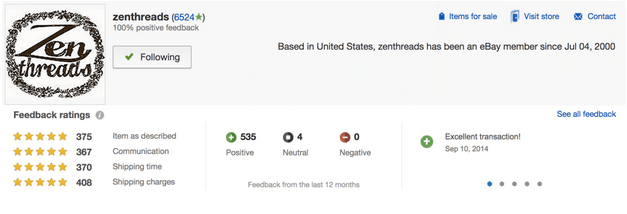
The best way to generate more reviews is to ask. Always ask your buyers to follow up with a review, no matter how they discover your store. Keep in mind that this process will require patience and persistence. Zenthreads, for instance, took more than a decade to build its eBay and Etsy reputation.
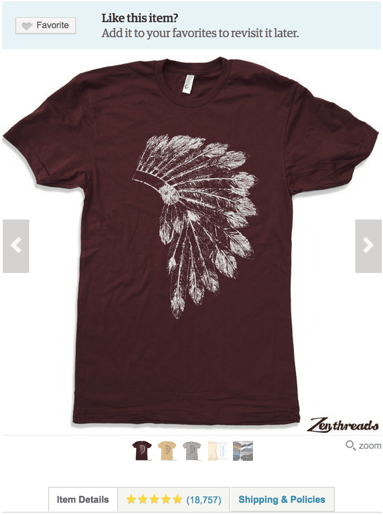
2. Harness each unique ecosystem to grow your brand’s presence
Platforms like Amazon, Ebay, and Etsy bring shoppers to your store, at scale — presenting an opportunity to kickstart and grow your customer acquisition strategy.
But there’s more to the story.
In addition to building your customer base, these marketplaces are valuable for building long-term brand equity — to help ensure that audiences recognize your store when they’re shopping in the future.
That’s why it’s important to have a strong brand identity, with a compelling description for your store and memorable logo. Where possible — for instance, on Etsy, you can also ask shoppers to follow your brand on social media or visit your store’s official website.
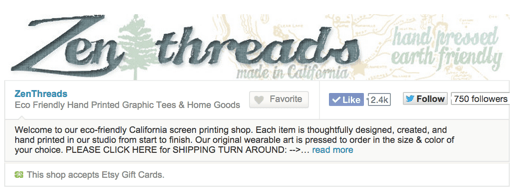
No matter where you’re listed — and what information these ecosystems allow (or don’t allow) you to include — make sure that your brand presence is strong.
3. Feature as many products as you humanly can
From a user experience — and search visibility standpoint — it’s important to have as many listings as possible. The more items you have, the more time shoppers will spend browsing your products, instead of jumping to visit another store.
In addition to simply listing your products, creating a compelling browsing experience so that your audiences can take the time to appreciate the products that your brand has to offer. Zenthreads takes this approach on both eBay and Etsy, featuring a diverse range of tee shirt options.
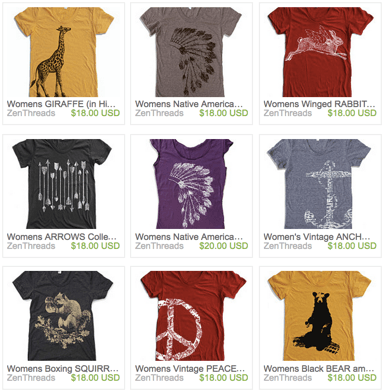
When it comes to a strong customer browsing experience, remember that “discovery” is only the first step. The next? Keeping your shoppers close and bringing them even closer by replicating the ‘window shopping’ experience of the brick-and-mortar world.
Your Thoughts
What steps have you taken to build a multi-channel eCommerce engine? You pick tip #4 by sharing your comments, ideas, and questions in the comments section below.


